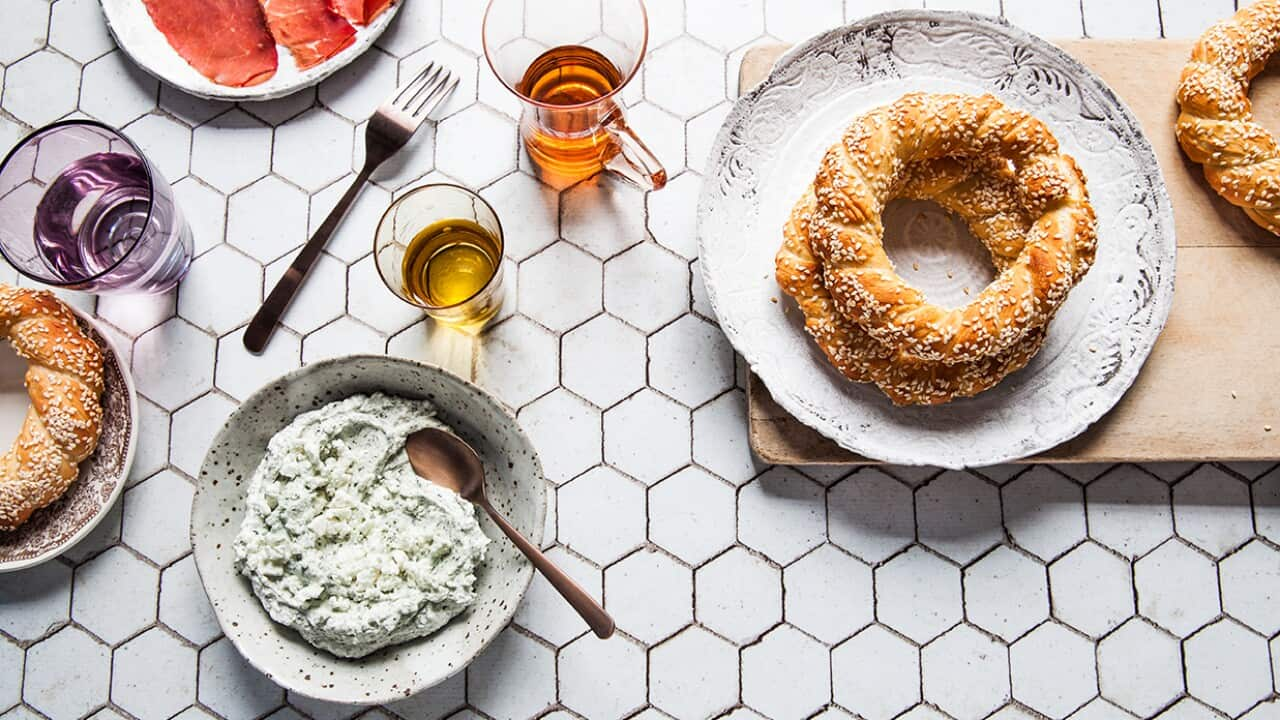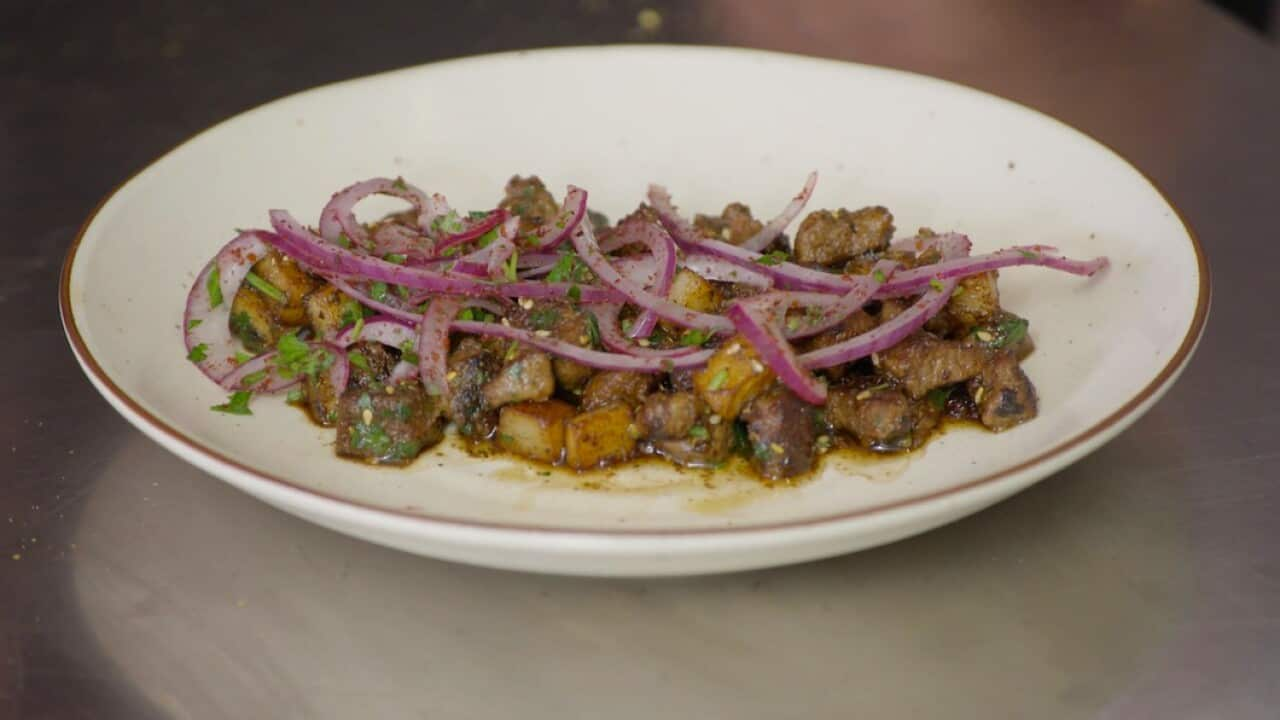If there is one social space that epitomises the true Istanbul experience in this city, it is meyhane. Most commonly referred to as just a Turkish version of a tavern, for many decades, the meyhane has been representing more than just a mere place to eat and drink. It is a place where the conversation takes centre stage, where hearts are poured out as the rakı flows and where quenching the thirst of the soul matters much more than satiating the hunger of the stomach. Meyhane is this city’s phenomenon, and its history goes back hundreds, if not thousands, of years.
Meyhane as we know today, where men and women sit down together around tables draped in white linen clothes, where one selects the mezes from colourful trays, where rakı is the first drink that comes to mind, is a recent transformation.
The history of the meyhane goes back to the Byzantines and this transformation has been slow coming, and at times heartbreaking.
Istanbul’s meyhanes were owned by members of the non-Muslim minority, who were allowed to produce their own wine under the Ottoman rule; which they then sold at their meyhanes. Although alcohol was supposedly out of bounds for the Muslims of the city, some still managed to find their way outside the city’s walls and frequented the taverns owned by the Rums (Greek), the Armenians and the Jews of Constantinople.
From wine to rakı
Vefa Zat, who has written extensively about the drinking culture in Turkey, mentions that rakı entered the meyhane scene in the 16th century, but played second fiddle to wine until the 19th century. In fact, those who would consume rakı at meyhanes were most often the Muslim customers. Murat Belge, on the other hand, argues that as the Ottoman Muslims more readily equated the sin of alcohol consumption with wine, the distilled rakı provided them with a viable option, though still a sinful act according to the laws of Islam.
Towards the modern times with meze
The majority of the so-called ‘traditional’ meyhanes that we know of and frequent today in Istanbul are but shadows of those which once were the heartbeats of Istanbul’s non-Muslim minorities and which had even spread to become entertainment for the city’s Muslim population at the end of the 19th and early 20th centuries.
The customers would not have to ask for, nor pay for the mezes, but for the alcohol they would consume.
Indeed, çilingir sofrası (the rakı table, where rakı is the main actor) has its own set of rules. Gülriz Sururi, when talking about the rakı tables, mentions an extensive order of mezes that would arrive as rakı was consumed and sohbet (the enjoyable and satisfying conversation) deepened. According to her, rakı’s first and most important meze is beyaz peynir (white ewe’s milk cheese matured in brine) to always be accompanied by slices of fresh melon. Pilaki (a cold borlotti beans meze) should be flavoured with celery, çiroz (dried and salted mackerel in vinaigrette) should be well seasoned with dill, to be followed by lakerda (salted bonito) with slices of red onions, tarama (fish roe spread) and pickled beetroots. Gülriz Sururi’s exhaustive list of rakı mezes goes on to include midyedolma (stuffed mussel), Arnavut ciğeri (Albanian style fried diced liver) and ends with tripe soup with garlic vinaigrette to support the stomach in the later hours of the night when the rakı consumption and conversation ease.
Meze to go with raki

Aromatic rice-stuffed mussels (midye dolma)
The word çilingir means locksmith in Turkish. Viewed from this perspective, çilingir sofrası, the expression used to refer to the rakı table alludes to the way the secrets of the heart are unlocked and get formed into words that flow from the mouths of those sitting around this table. Additionally, the word çilingir is a derivation of the word çeşnigir. Emir-i Çeşnigir was the title of the Ottoman Sultans’ official taster, who would also be heading up the Sultan’s cooks. Emir-i çeşnigir would be the first person to try small samples of the Sultan’s food to check their suitability for the Sultan’s palate, their quality, as well as for potential poison, prior to them being sent off to the Sultan’s table. Though no longer in popular use, the word çeşnigir was also used colloquially to denote a hedonist.
Enter women & exit non-Muslims
It was only after the founding of the Turkish republic that women entered the meyhane as customers. Before then, meyhane was a space reserved solely for the conversation of men (save for the baloz, where women served as entertainers). Kör Agop, one of the well-known meyhane owners of Istanbul, is said to have declared, ‘we want men and women together in life and at the table,’ when he opened his first meyhane in 1938. Yorgo Okumuş, one of the oldest Rum meyhane proprietors still in Istanbul today has also told us during our interview, ‘where there are women, there’s civilization. Before the women came to meyhanes, it was a rowdier place.’ For him, the arrival of female customers to meyhanes marks a milestone, which for him was as late as 1982, when he opened in Nevizade after closing up shop in Krepen Pasajı.
Cilingir sofrası, the expression used to refer to the rakı table alludes to the way the secrets of the heart are unlocked.
The beginning and middle of the 20th century have not been kind to the non-Muslim minorities still residing in Istanbul. Armenians were the first forced to leave. Then came Varlık Vergisi, the tax levied on the wealthy citizens of Turkey in 1942. It has since been claimed that the underlying reason for the tax was to reduce the influence of the minority non-Turkish citizens on the country’s affairs, which took its toll on the minority meyhane owners. The riots of 1955 attacked and burnt to the ground establishments belonging to minorities all along İstiklal Caddesi, and coupled with the Cyprus crisis in 1964, paved way for the exodus of the city’s remaining minorities. And with the departure of the majority of the city’s non-Muslims, the meyhanes changed hands and lost large chunks of their souls.
The revival
Nowadays, the new generation of Istanbul is recognizing that the wealth of this vast city lay in its cosmopolitanism, in the beautiful mosaic that was formed by the people who once lived together among the many hilltops lining the Bosphorus and the Golden Horn.
This new generation and the few that came before are nostalgic for the meyhanes of days gone by, where the conversation would flow as smoothly as the rakı, where mezes would still carry the same perfume and where the authentic experience of a çilingir sofrası could once again be lived. Hence, the opening of new and the revamping of old meyhanes one after another around the old meyhane districts of Constantinople.
do not try to duplicate the nostalgic meyhane. They are airier, more minimalist in décor, and yet try to serve flavorful mezes to accompany the rakı and conversation. They do charge by the plate of meze, however.
This is an edited version of an article that originally appeared on The Guide Istanbul. Read the full version .






